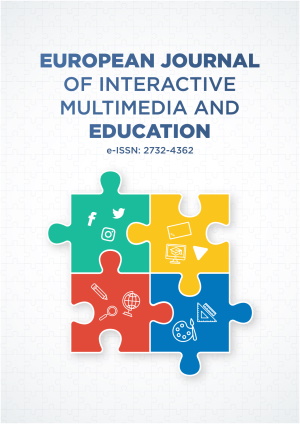Abstract
Due to the COVID-19 pandemic, universities in Ghana instituted drastic interventions to support large-scale online teaching and learning. This study, therefore, examines student’s participation, level of satisfaction, and related challenges in teaching and learning delivery during the Coronavirus pandemic. The study also selects significant predictors of student’s e-learning perceptions. Data was collected via an online structured survey based on students from the Kumasi Technical University. In all 2000 complete responses were received and formed the basis for our analysis. The study results reveal that 197 (9.85% of the sample) were unable to fully participate due to challenges such as lack of access devices, unreliable internet connectivity, and inability to afford the cost of internet data. It is again clear from the results that about 90.1% of students are not satisfied with e-learning and its associated challenges. From the positive perception model, students held the view that e-learning technology in the COVID-19 era is positive regardless of the challenges. On the other hand, level 300 students, and Moodle VClass platform users express a high negative perception over the use of e-learning technology. It is clear from this study that further investments and contingency plans are needed to develop a resilient education system that supports electronic and distance learning and shapes the perception and acceptance of students. University managers and the Education Ministry should formulate post-COVID-19 strategies to promote e-learning in a developing country like Ghana.
Keywords
License
This is an open access article distributed under the Creative Commons Attribution License which permits unrestricted use, distribution, and reproduction in any medium, provided the original work is properly cited.
Article Type: Research Article
EUR J INTERACT MULTIMED ED, Volume 3, Issue 1, January 2022, Article No: e02203
https://doi.org/10.30935/ejimed/11438
Publication date: 20 Dec 2021
Article Views: 4229
Article Downloads: 4388
Open Access References How to cite this article
 Full Text (PDF)
Full Text (PDF)